How can I improve the airflow in my HVAC ducts?
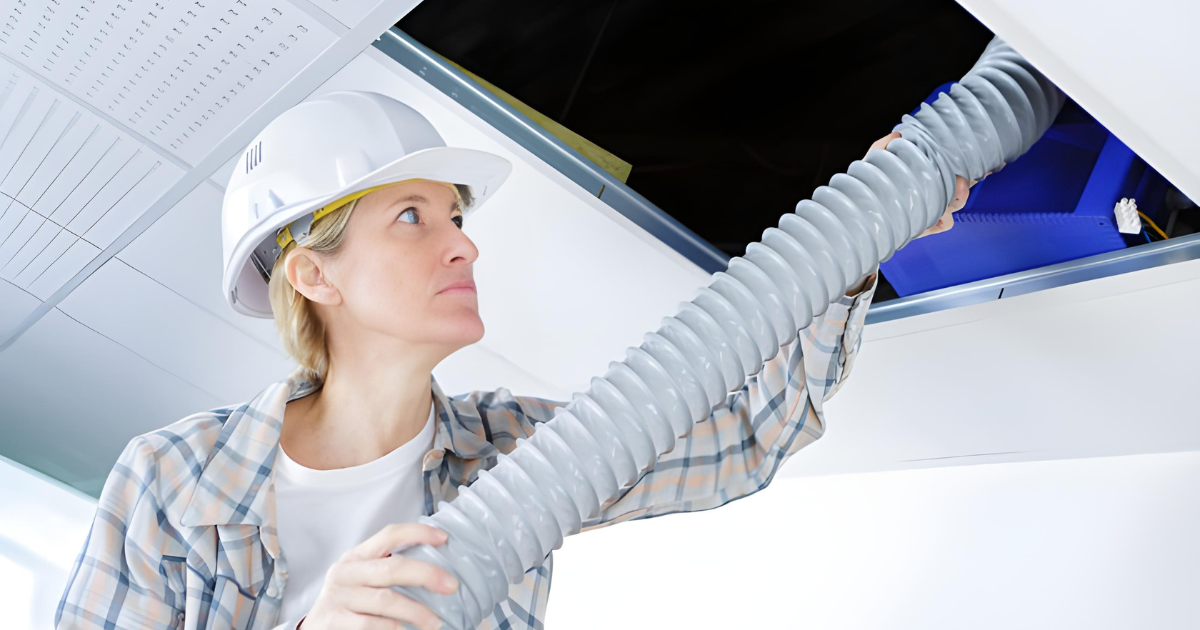
Improving airflow in HVAC ducts is crucial for enhancing system efficiency, reducing energy costs, and ensuring comfort in residential and commercial spaces. As HVAC contractors and MEP consultants, understanding the factors that affect airflow and implementing effective solutions can significantly benefit your projects and clients. Here are several strategies to consider.
1. Regular Maintenance and Cleaning
Keep Ducts Clean
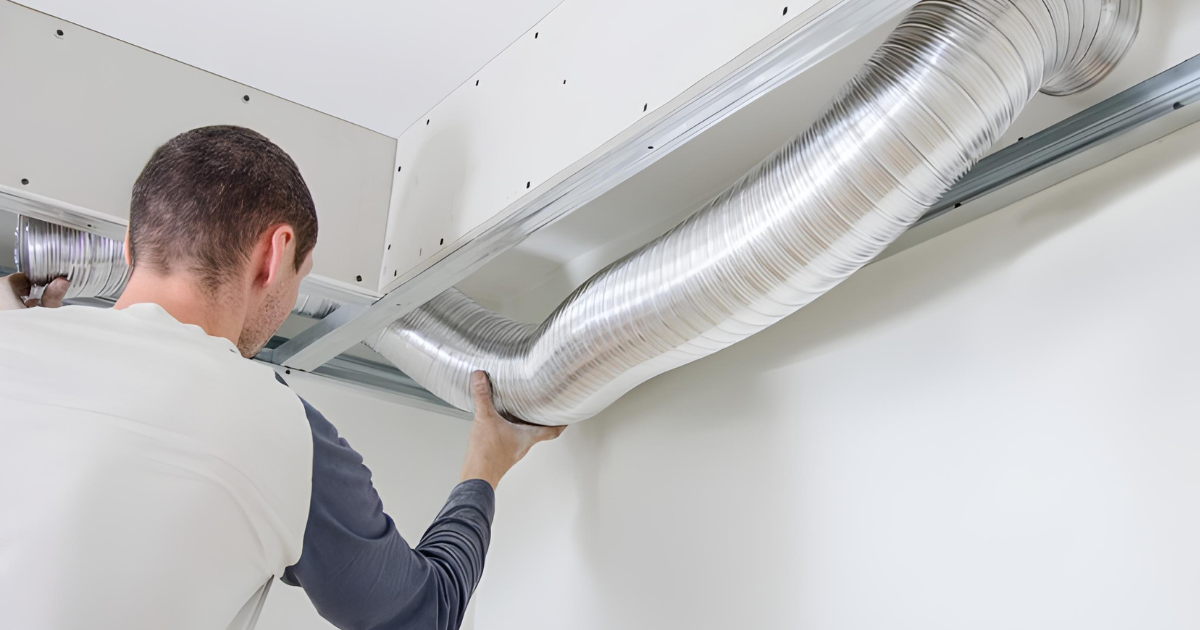
Dust and debris accumulation in ducts can severely restrict airflow. Regular cleaning of HVAC ducts is essential to maintain optimal performance. Encourage clients to schedule professional duct cleaning every few years, or more frequently in dusty environments. Simple maintenance tasks, like wiping down vents, can also help keep airflow unobstructed.
Check Air Filters
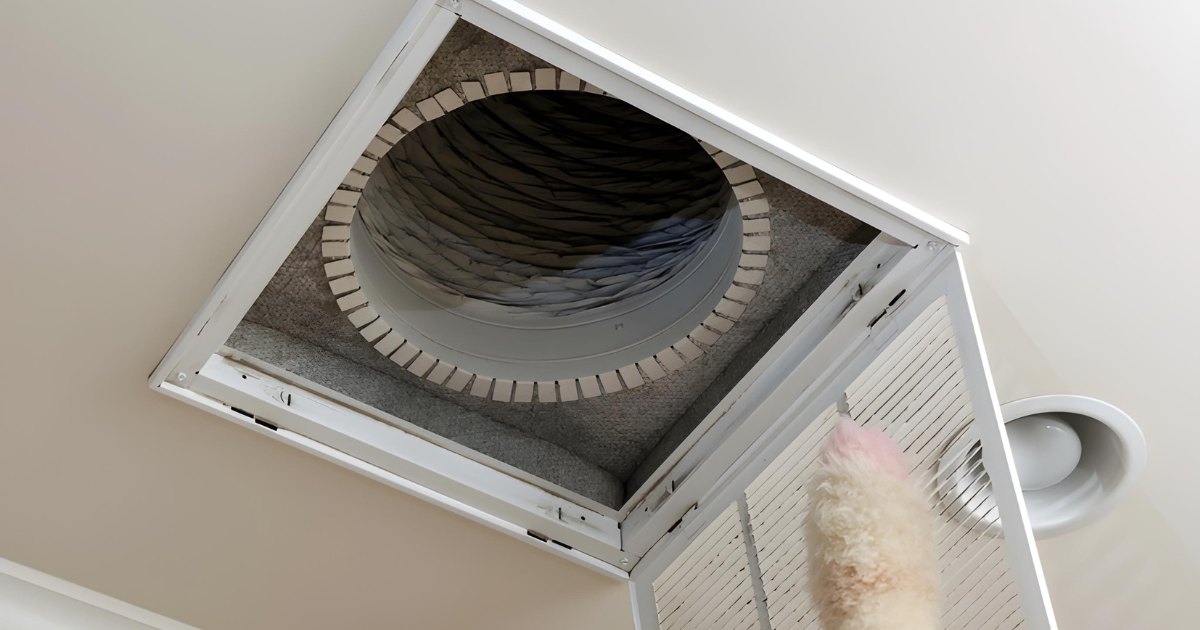
Air filters act as the first line of defense against contaminants. A clogged or incorrect filter can reduce airflow significantly. Recommend that clients check and replace filters regularly, ideally every 1-3 months, depending on usage and filter type. Filters with higher MERV ratings can capture more particles but may also restrict airflow if not properly matched to the system.
2. Inspect Ductwork for Leaks and Size Issues
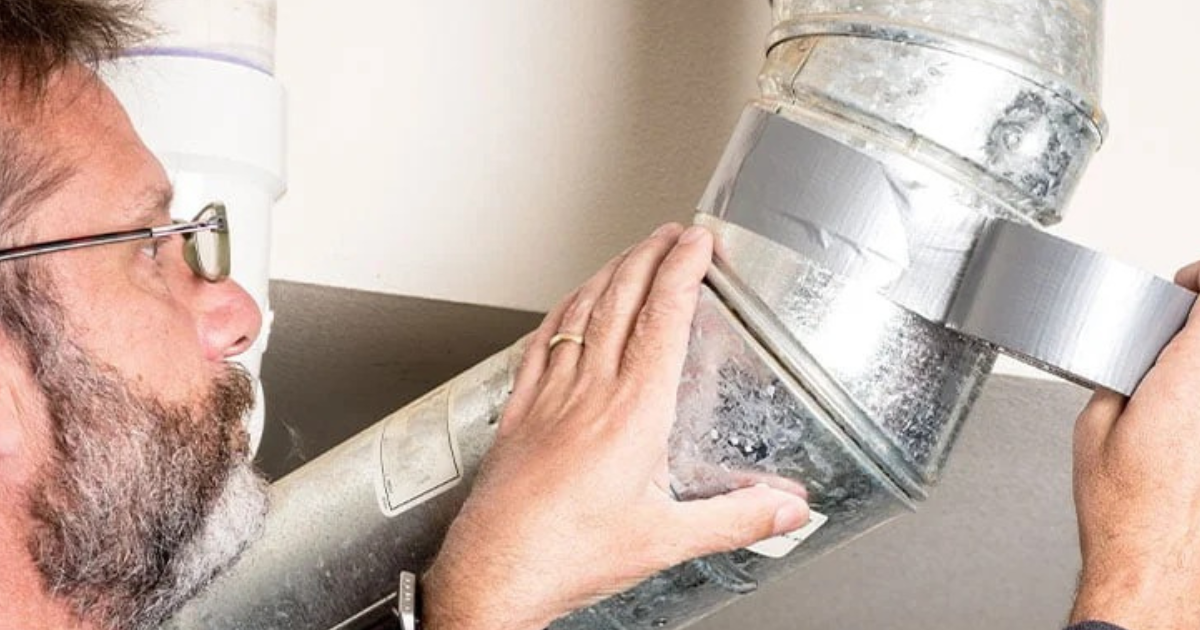
Duct Leakage
Leaky ducts can cause significant airflow loss, as conditioned air escapes before reaching its destination. Inspect ductwork for cracks, holes, or poorly sealed joints. Sealing these leaks with mastic or metal tape can improve efficiency and airflow.
Proper Sizing
Ensure that ducts are appropriately sized for the HVAC system. Oversized ducts can lead to low air velocity, while undersized ducts can restrict airflow. Conduct a thorough analysis of the building's layout and HVAC requirements to determine the correct duct sizes.
3. Optimize Duct Configuration
Avoid Pinched Ducts
Ducts that are pinched or overly constricted can significantly hinder airflow. Inspect the installation for overly tight straps or bends that could be causing obstructions. Using shims to alleviate pressure from straps can restore airflow efficiency.
Increase Return Vents
Having too few return vents can create pressure imbalances, leading to inadequate airflow. Evaluate the number and placement of return vents to ensure they are sufficient for the system's capacity. Adding return vents can help balance airflow and improve comfort levels throughout the space.
4. Use Booster Fans
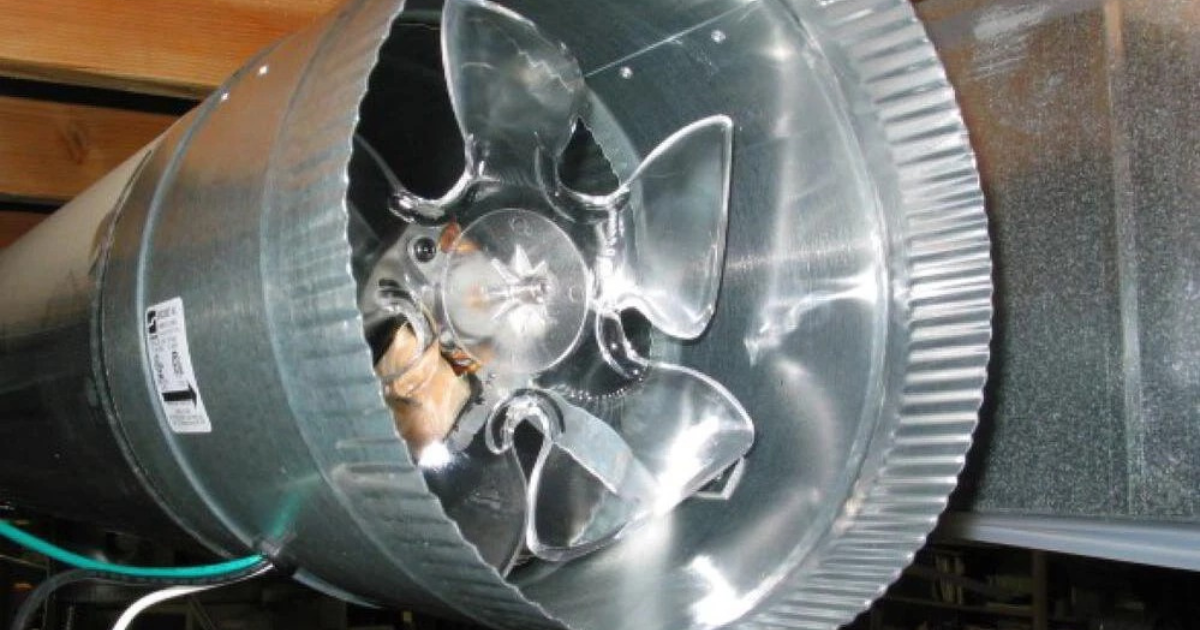
Duct Booster Fans
In cases where airflow needs a significant boost, consider installing duct booster fans. These fans can increase airflow in specific areas of the duct system, particularly in rooms that are consistently uncomfortable. Ensure that these fans are properly sized and wired to operate in conjunction with the main HVAC system.
5. Advanced Solutions
Inline Fans
For challenging installations, such as rooms above garages or distant areas from the main HVAC unit, inline fans can effectively pull air through long duct runs. These fans can be integrated into the duct system to enhance airflow where needed most4.
Regular System Assessments
Encourage clients to have their HVAC systems evaluated regularly by professionals. This assessment should include checking airflow, duct integrity, and overall system performance. Regular evaluations can preemptively identify issues that could lead to reduced airflow and system inefficiencies.
Conclusion
Improving airflow in HVAC ducts is a multifaceted approach that requires attention to maintenance, duct integrity, and system design. By implementing these strategies, HVAC contractors and MEP consultants can enhance system performance, increase client satisfaction, and contribute to energy efficiency in buildings. Regular communication with clients about these practices will foster better relationships and ensure their HVAC systems operate at peak efficiency
